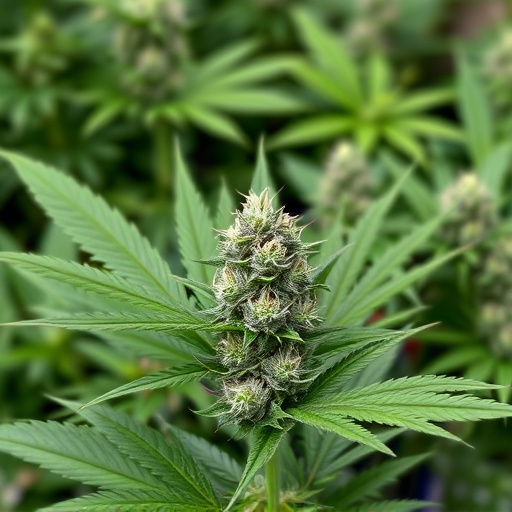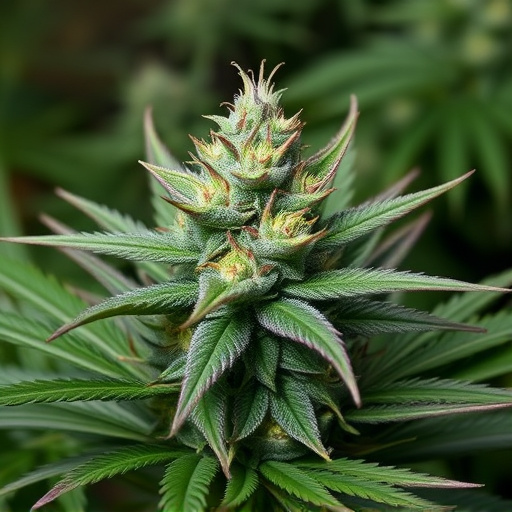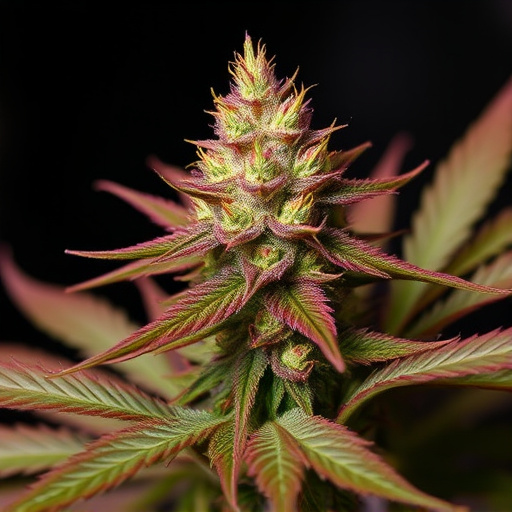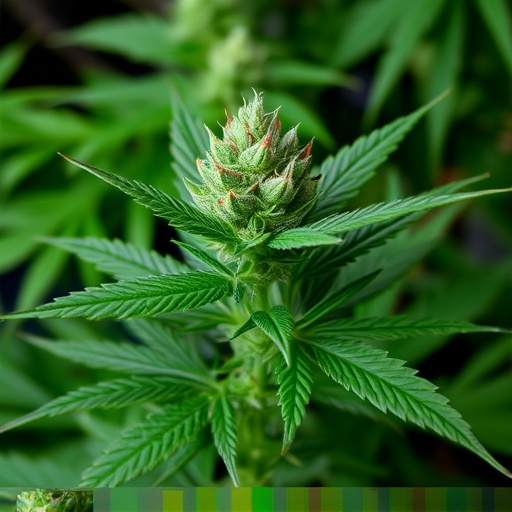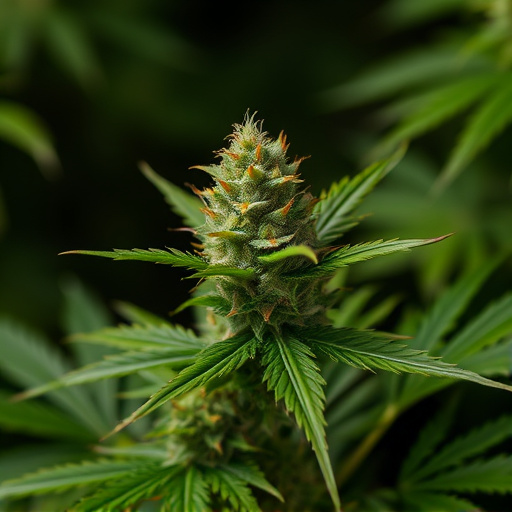Cannabis flowers' powerful medicinal properties stem from cannabinoids like THC and CBD, which interact with the body's endocannabinoid system (ECS). These interactions influence pain sensation, mood, appetite, inflammation, and sleep. Different cannabis strains have unique cannabinoid profiles, resulting in diverse effects – THC stimulates CB1 receptors for potential relief from chronic pain and anxiety, while CBD engages both CB1 and CB2 receptors without a "high," aiding insomnia, depression, and fatigue. Understanding these cannabis strains effects allows patients to choose strains tailored to their specific medical conditions.
Cannabis flowers have gained significant attention for their potential medical benefits, driven by the presence of unique cannabinoids. These compounds interact with our body’s endocannabinoid system, influencing various physiological processes. Understanding the intricate composition of cannabis flowers is key to unlocking their therapeutic potential. This article delves into the role of cannabinoids in providing medical effects and explores diverse cannabis strains, each offering distinct benefits tailored to specific needs, from pain management to anxiety relief.
- Understanding Cannabis Flowers and Their Medical Composition
- The Role of Cannabinoids in Providing Therapeutic Effects
- Exploring Different Cannabis Strains and Their Unique Benefits
Understanding Cannabis Flowers and Their Medical Composition
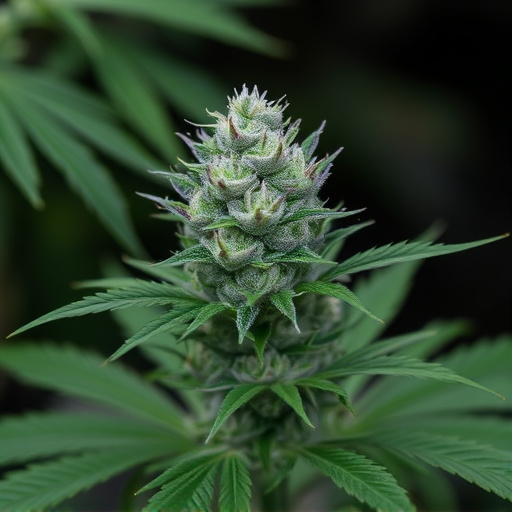
Cannabis flowers, also known as bud or cannabis plants, are the most sought-after part of the plant due to their potent medical properties. These flowers contain a complex array of chemical compounds, primarily cannabinoids like THC (tetrahydrocannabinol) and CBD (cannabidiol), which give cannabis its unique effects on the body and mind. Each cannabis strain has a distinct composition of these cannabinoids, leading to varied effects on users, catering to diverse medical needs.
Understanding the composition of cannabis flowers is crucial in navigating their potential therapeutic benefits. Cannabinoids interact with the endocannabinoid system (ECS), a complex network of receptors found throughout the body that regulates various physiological processes, including pain sensation, mood, and appetite. The balance of THC and CBD levels in different strains can influence how this interaction occurs, thereby offering targeted relief for conditions such as chronic pain, anxiety, and inflammation.
The Role of Cannabinoids in Providing Therapeutic Effects
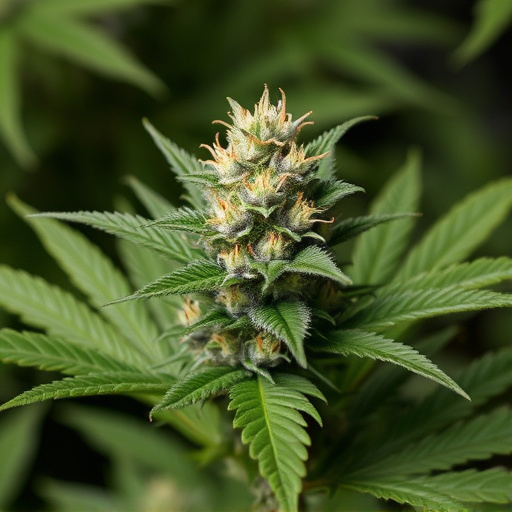
Cannabis flowers derive their medicinal properties from a diverse range of cannabinoids, with tetrahydrocannabinol (THC) and cannabidiol (CBD) being the most well-known. These compounds interact with the body’s endocannabinoid system (ECS), which plays a crucial role in maintaining homeostasis—the internal balance that keeps our bodies functioning optimally. When cannabis strains effects are considered, THC primarily stimulates the CB1 receptors in the brain, leading to its psychoactive properties and potential relief from conditions like chronic pain, nausea, and anxiety. On the other hand, CBD engages with both CB1 and CB2 receptors, offering therapeutic benefits without inducing a “high.” This interaction modulates various physiological processes, including inflammation, appetite, mood, and sleep—making cannabis a versatile tool in medical applications.
Exploring Different Cannabis Strains and Their Unique Benefits
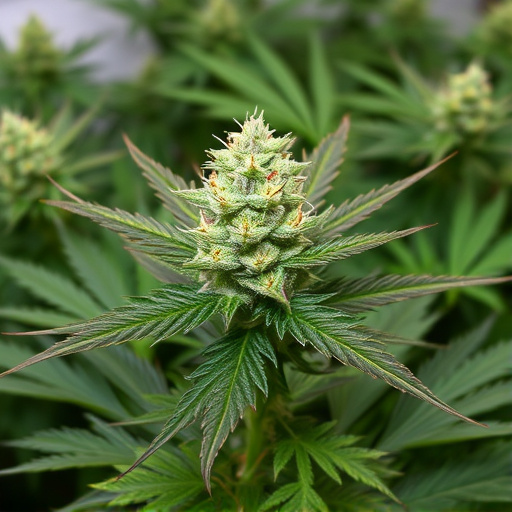
Cannabis flowers offer a diverse range of medical benefits, and this variety is largely attributed to the distinct characteristics of different cannabis strains. Each strain possesses unique cannabinoid profiles, including THC (tetrahydrocannabinol) and CBD (cannabidiol), along with other minor compounds. These cannabinoids interact with our bodies’ endocannabinoid system, leading to various therapeutic effects. For instance, some strains are renowned for their high THC content, providing potent pain relief and muscle relaxation, while others, rich in CBD, offer anti-inflammatory and anxiolytic properties without the psychoactive effects.
Exploring different cannabis strains allows patients to tailor their treatment to specific needs. Indica strains, known for their calming and sedative effects, can aid in insomnia and anxiety. Sativa varieties, on the other hand, are often chosen for their uplifting and energizing qualities, benefiting individuals with depression or chronic fatigue. Hybrid strains, as the name suggests, combine traits from both indica and sativa, offering a balance of effects. Understanding the cannabis strains effects enables patients to make informed decisions, ensuring they find the right fit for their medical conditions.
Cannabis flowers offer a wealth of medical benefits, primarily due to their complex composition of cannabinoids and terpenes. These compounds work synergistically to provide therapeutic effects that vary across different cannabis strains. Understanding these variations allows patients and healthcare professionals to choose the right strain for specific conditions, maximizing the benefits while minimizing potential side effects. Further research into cannabis strains and their effects is crucial to unlock its full potential in medicine.





